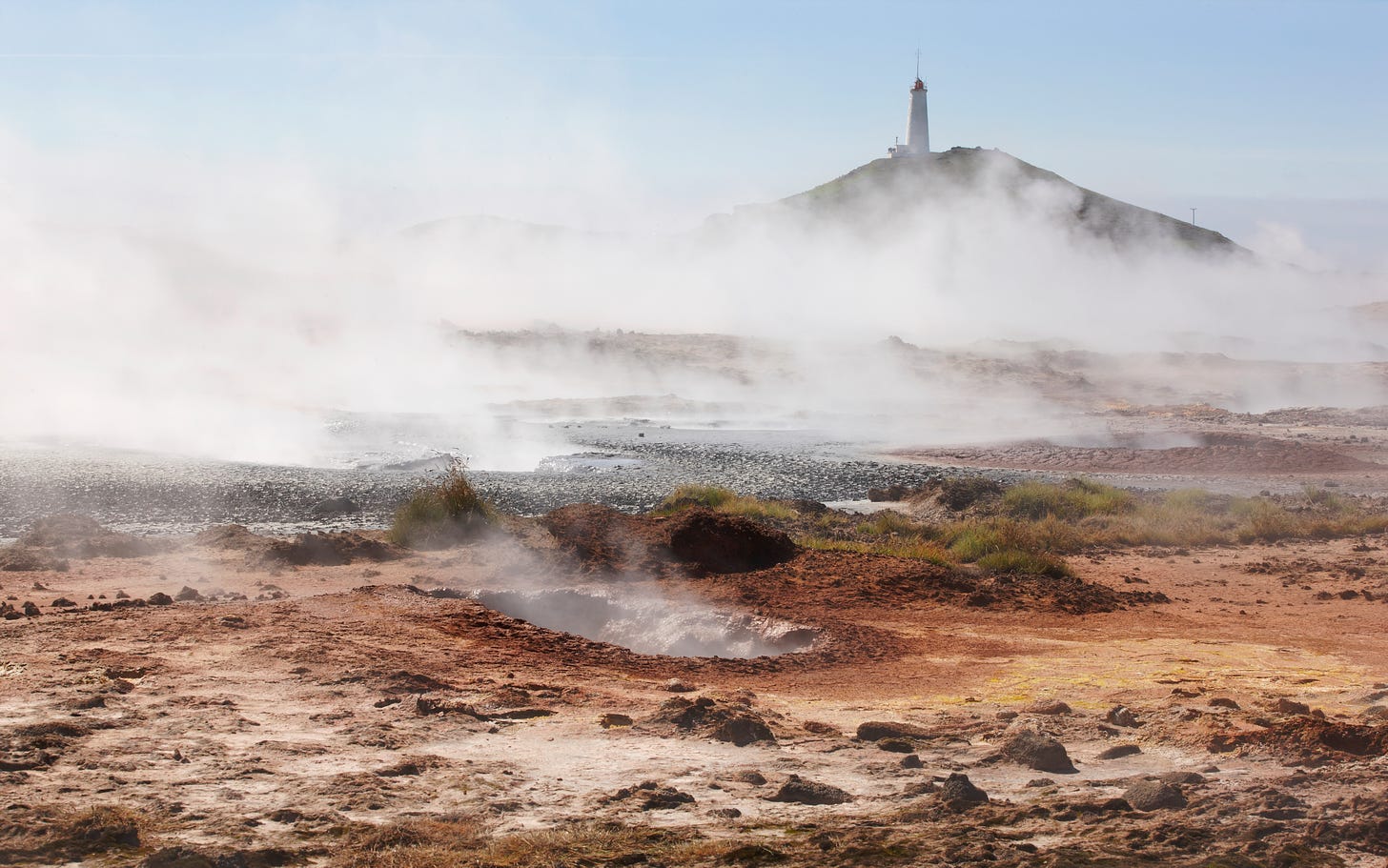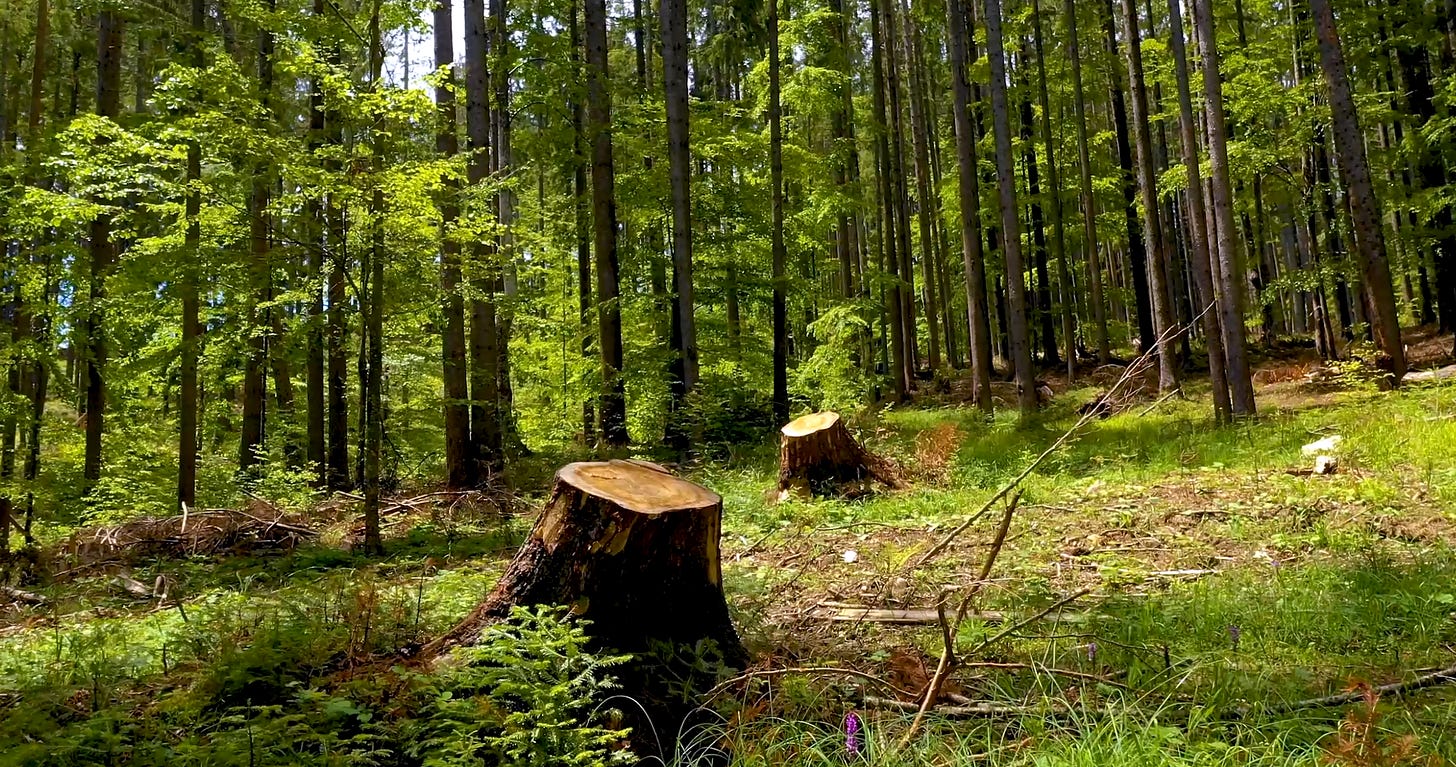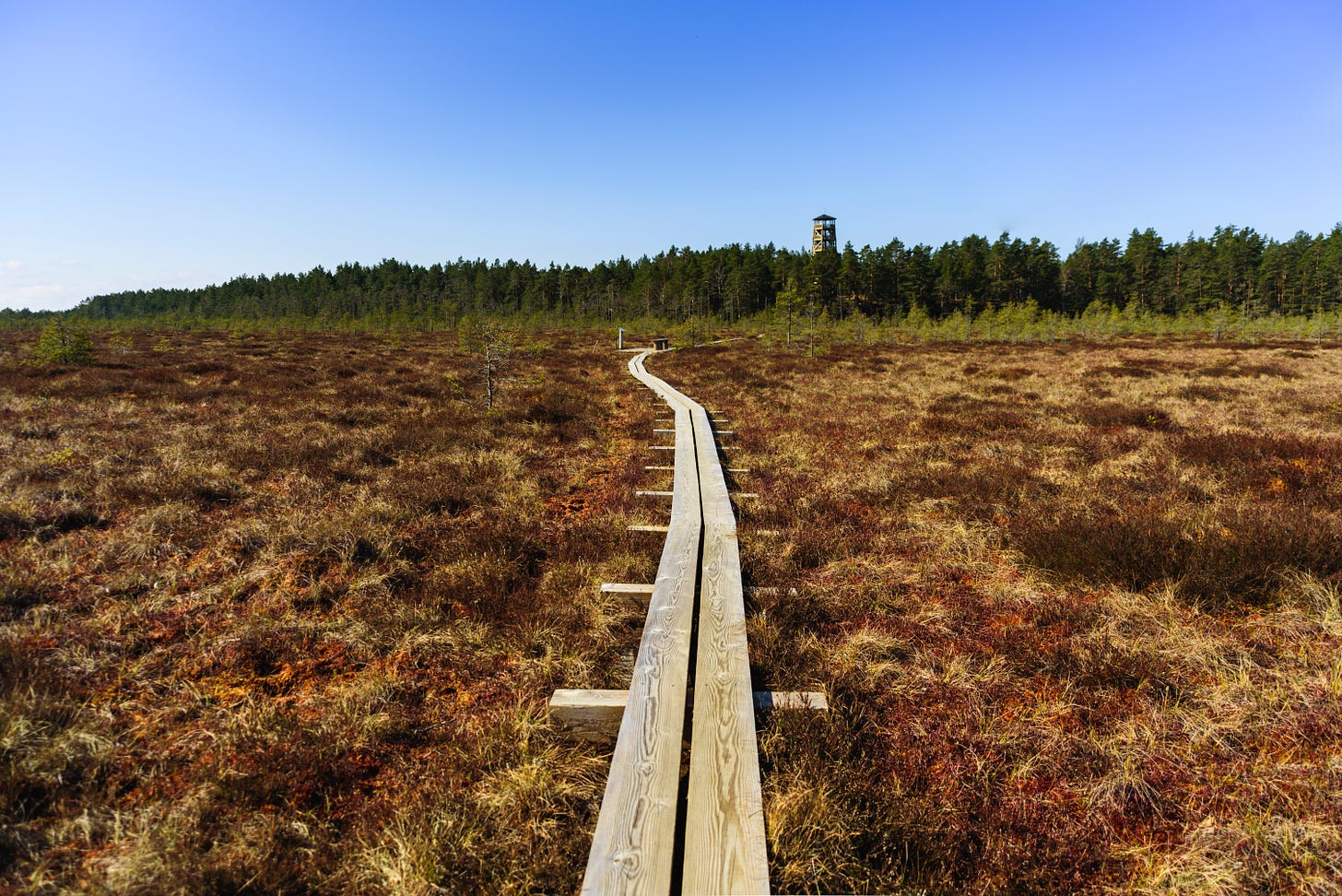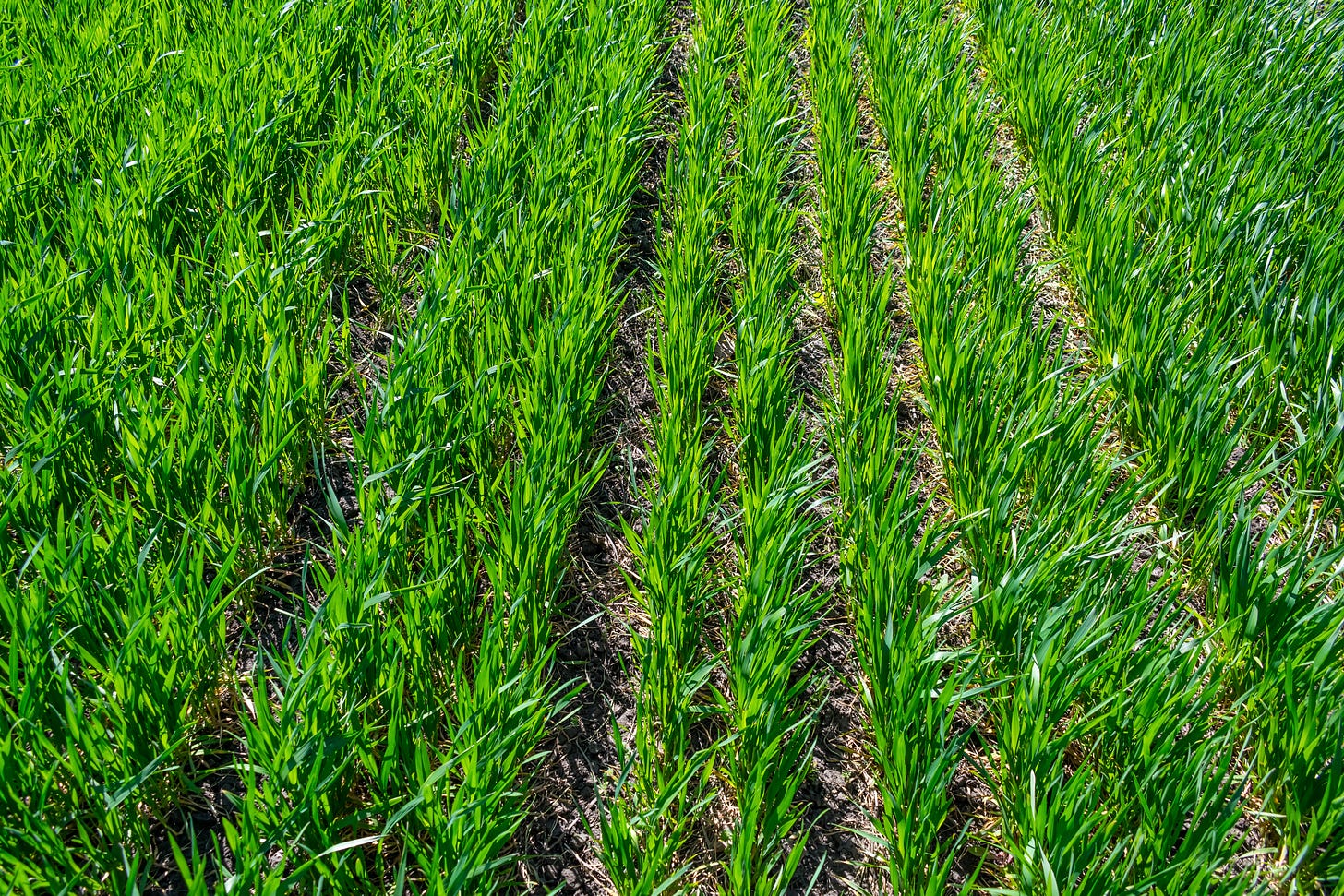Floods, droughts, crop failures, potential societal upheaval: the threats that climate change poses are intimidating. Such a grave potential can overwhelm us, trapping us in fear, leaving us unable to act. At times like that, it’s important to remember that there are solutions out there, ways to deal with this towering, existential problem. Solutions: some of which may even sound familiar, like renewable energy and tree planting, along with others a bit more alien, like bog conservation and the repurposement of refrigeration materials. To address this modern-day leviathan, we must make use of each and every solution available. For such a necessary effort, here are the 20 best solutions, compiled by the researchers of Project Drawdown1 and paramount to keep in mind and implement as we make are way to the year 2030.
20. Nuclear
Coming in at the bottom of the best is fission-based Nuclear Energy. While nuclear plants are initially costly, their atomically-sourced energy is carbon free and possesses the coveted quality of being able to serve as baseload power. Nuclear energy has often suffered in the court of public opinion; though, it is one of the safer forms of energy in terms of death rate2 and nowadays much spent, radioactive fuel can be recycled given the proper infrastructure.
If nuclear energy made up 12% of global electricity production by 2050, we could see an emissions reduction equivalent to about 16.1 Gigatons of carbon dioxide, which, for reference, is a little under half of the entire world’s yearly CO2 emissions. While this would cost an additional $900 million, it would the generate savings of up to $1.7 trillion, a clear-cut economic boon.
Total Atmospheric CO2e Reduction (GT): 16.09
Net Cost (US Billions): $0.88
Net Savings (US Billions): $1,713.40
Sector: Energy
19. Managed Grazing
Number 19 on the list is Managed Grazing, a different way of letting animals like cows graze, it attempts to mimic migratory cycles of wild herbivores to let the soil maintain its carbon content. Application can be as small as decreasing current animals per acre or as large as adaptive multi-paddock grazing, which rapidly shifts animals between many smaller enclosures. Managed grazing generally avoids much fertilizer, chemical-use, and tilling, allowing for soil vitality through natural carbon sequestration.
If managed grazing grew from its current 195 million acres to 1.1 billion acres over 30 years, an additional 16.3 gigatons of carbon dioxide could be sequestered. Financially, a $50.5 billion investment would grow to $735.3 billion by 2050.
CO2e Reduction: 16.34
Cost: $50.48
Savings: $735.27
Sector: Food
18. Geothermal
Number 18 is geothermal. Literally earth-heat, geothermal energy is produced from the Earth’s interior heating underground water, resulting in steam and geysers, which are then harnessed to turn turbines and generate electricity. Geothermal is obviously a geography-dependent power source, but because the Earth’s heat is constant, it can serve as another baseload energy source to support other renewables.
If geothermal rose from its current 0.66% share of global electricity generation, to near 5% by 2050, we could avoid 16.6 gigatons of CO2. We would also save over $1 trillion in addition to the implementation costs also saving us around $155.5 billion.
CO2e Reduction: 16.60
Cost: -$155.48
Savings: $1,024.34
Sector: Energy
17. Tree Intercropping
Number 17’s Tree Intercropping is another regenerative land technique which allows soil to retain its carbon. Instead of large monoculture croplands, a variety of plants and trees are fashioned side by side, promoting healthier crops, higher yields, and more carbon-rich earth. Every climate, soil, and ecosystem will call for its own intercropping assessment, but the benefits from mimicking natural forests and biomes are virtually omnipresent.
The adoption of tree intercropping over 571 million acres across the globe would generate 17.2 gigatons of carbon sequestration throughout the next 30 years. This could be achieved with a $147 billion investment, which would also allow $22 billion to be saved.
CO2e Reduction: 17.20
Cost: $146.99
Savings: $22.10
Sector: Food
16. Conservation Agriculture
Continuing with innovative farming is Conservation Agriculture at number 16, which seeks to once again maintain soil nutrient density and carbon storage. The conservation comes from the removal of tilling, thereby promoting water retention and diminishing soil erosion. This kind of conservation agriculture can serve as an interim point between current industrial practices and other regenerative techniques found on this list that go even further in natural practices and increased sequestration.
Even as an interval system, conservation agriculture can reduce carbon dioxide emissions by 17.4 gigatons if utilized acreage is increased from 177 million to peak at 1 billion by 2035. Costing just $37.5 billion, savings could be upwards of $2 trillion.
CO2e Reduction: 17.35
Cost: $37.53
Savings: $2,119.07
Sector: Food
15. Afforestation
Planting trees is a common calling card of climate solutions, but the targeted creation of new forests in treeless areas to maximize carbon storage is the specified purview of number 15: afforestation. While not the only form of afforestation, timber plantations for wood harvesting are the most common. Creating forests which mimic natural ones sequester the most carbon and provide the most biodiversity, but monoculture plantations can still sequester a fair amount of carbon into the soil.
With over 700 million acres already being used for afforestation, establishing an additional 204 million for timber plantations could sequester over 18 gigatons of CO2 by 2050. This would cost $29 billion, but make the landowners a net profit of over $392 billion.
CO2e Reduction: 18.06
Cost: $29.44
Savings: $392.33
Sector: Land Use
14. Tropical Staple Trees
Along the lines of more permanent tree utilization would be number 14: tropical staple trees. As opposed to annual crops which release carbon every year, perennial trees and shrubs can produce staples such as bananas, avocado, and coconut all the while continually sequestering carbon into the soil. Tropical staple trees are also more resilient to threats like drought or flooding, plus they can be utilized in a range of setups, like our Number 17: tree intercropping.
Increasing tropical staple trees from 116 million acres to 269 million by 2050 could sequester over 20 gigatons of carbon dioxide, that’s equivalent to all the CO2 the world emitted in 1986. Due to their higher than annuals yields, tropical staples also save $627 billion to their cost of $120.1 billion.
CO2e Reduction: 20.19
Cost: $120.07
Savings: $626.97
Sector: Food
13. Peatlands
With such a focus on soil, number 13 should come as no surprise: peatlands. Peatlands, or bogs or mires, are made up of the decaying plant matter substance known as peat. Peat is divine when it comes to carbon storage (and whisky making too); making up just 3% of the earth’s land area, it stores twice the carbon of all the world’s forests. Because m new peatland would take thousands of years, protecting current bogs is vital to keep their stored carbon in the ground.
If we protected 67% of all current peatlands, 608 million acres, we would be keeping over 1,200 gigatons of carbon dioxide in the ground and we would avoid 21.6 gigatons of emissions. Because this is a conservation measure, and one removed from landowners, financials are not projected.
CO2e Reduction: 21.57
Cost: $N/A
Savings: $N/A
Sector: Land Use
12. Temperate Forests
Back to trees of the mild variety for number 12: temperate forests. A quarter of the world’s forests exist in the temperate zone in between the tropics and the poles. Protection, maintenance, and restoration of these forests can ensure and increase the amount of carbon they sink into the ground and themselves.
Projected restoration and expansion of temperate forests to an additional 235 million acres by 2050 would sequester 22.6 gigatons of CO2. Costs and savings from such a non-commercial entity restoration are too variable to calculate.
CO2e Reduction: 22.61
Cost: $N/A
Savings: $N/A
Sector: Land Use
11. Regenerative Agriculture
The natural progression of number 16’s conservation, number 11 is regenerative agriculture, taking on many forms such as no tilling, diverse cover crops, farm-produced fertilizer, minimal chemical use, and maximum crop rotation. Like previous entries, regenerative ag focuses on restoring and maintaining soil health and carbon density.
Increasing from 108 million acres of current adoption to 1 billion acres by 2050 would result in lesser emissions by 23.2 gigatons. A cost of $57.2 billion would generate $1.93 trillion in savings.
CO2e Reduction: 23.15
Cost: $57.22
Savings: $1,928.10
Sector: Food
Now for the clickbait
You may have been misled by the title of this article into thinking that I would present all 20 solutions here. If that is the case, I am sorry; you have been duped. This was my ruse to entice you to the following action: watch my YouTube video on the subject.
I have linked the video halfway through, so it should start to play right on the number 10 solution.
I’m also helping host an Earth Day presentation on Thursday! We’ll be talking about climate change and carbon pricing! It’ll be relatively quick and accessible to anyone: https://www.eventbrite.com/e/carbon-fee-and-dividend-a-solution-to-our-climate-crisis-tickets-148918119103
I also must say, the book is fantastic; check it out!







